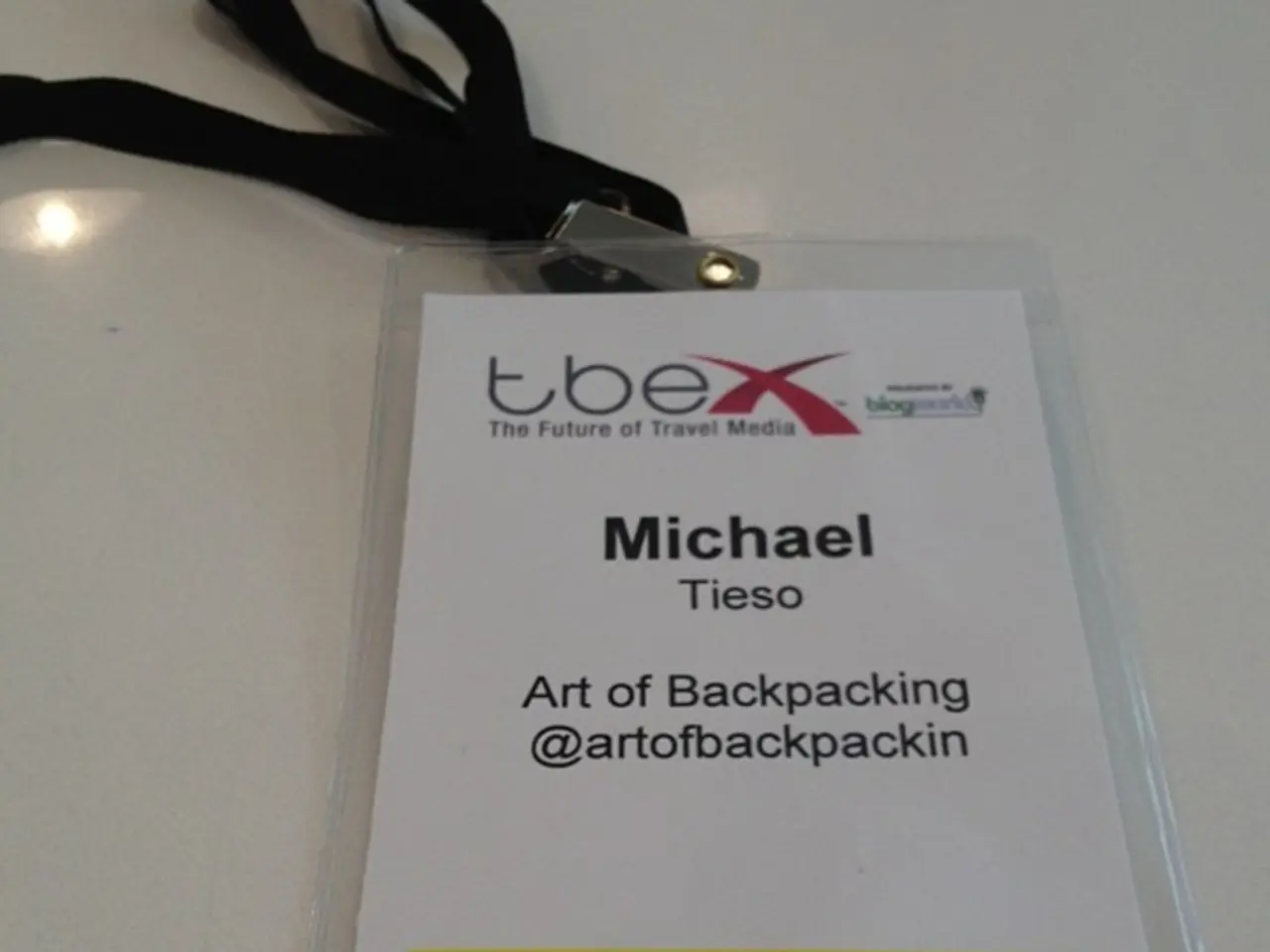Enhanced Mathematical Reasoning: A Fresh Strategy for Math-Proficient Language Models
In a groundbreaking development, researchers have integrated external mathematical tools, such as computational libraries and symbolic equation solvers, into large language models (LLMs). This integration has significantly improved the models' ability to solve complex university-level math problems.
## Symbolic Reasoning and Precision By incorporating symbolic equation solvers, LLMs can perform abstract mathematical manipulations necessary for solving complex problems. This symbolic reasoning allows for algebraic manipulation of equations before substituting numerical values, essential for multi-step reasoning tasks. Additionally, the use of these tools helps LLMs adhere to the precision and rigor required in mathematics, converting natural language outputs into precise mathematical code for systematic verification of accuracy.
## Structured Problem Solving The use of computational libraries and symbolic solvers enables LLMs to adopt a structured approach to problem-solving. This involves breaking down complex problems into manageable steps, a strategy that humans often use in solving mathematical problems.
## Improved Accuracy and Interpretability With the ability to verify calculations through symbolic methods, LLMs can achieve higher accuracy in solving complex math problems. This is particularly important in university-level mathematics, where precision is paramount. Furthermore, by generating step-by-step solutions using symbolic manipulation, LLMs can provide more interpretable results, making it easier for users to understand the reasoning process.
## Challenges and Future Directions Despite these advancements, mathematical reasoning remains a challenging frontier for artificial intelligence. One of the main challenges is translating natural language math problems into precise, machine-readable formats that can be processed by symbolic solvers. Developing frameworks that improve this translation process is crucial for enhancing LLMs' mathematical reasoning capabilities.
Another challenge is the lack of high-quality training data. Developing frameworks that can generate diverse, well-structured math problems using symbolic solvers and language models can help address this issue.
## Tool-Integrated Reasoning To address these challenges, the researchers propose a new training paradigm called Tool-Integrated Reasoning. In this approach, language models are taught to reason in a format that interleaves natural language rationales generated by the model with code to invoke external mathematical tools.
This approach has produced a series of Tool-integrated Open-source Reasoning Agents (TORA) ranging from 7 billion to 70 billion parameters. TORA models have demonstrated impressive performance, achieving an average of 13-19% higher accuracy compared to the best existing open-source models on 10 diverse mathematical reasoning datasets.
For instance, TORA-7B scored 40% accuracy on a challenging competition-level math test (MATH dataset), outperforming the previous best model by 22 percentage points. TORA-34B even surpassed GPT-4's performance on the same problems, attaining 51% accuracy.
Mastering sophisticated mathematical reasoning capabilities could unlock AI applications in diverse fields like science, engineering, finance, etc. The research team, consisting of researchers from Tsinghua University and Microsoft, continues to make progress in this area.
Artificial Intelligence, defecting from mere language processing, is expanding into the realm of mathematics through the integration of symbolic equation solvers and computational libraries. This integration empowers AI models to execute artificial-intelligence powered problem-solving, employing a structured approach similar to humans for solving complex mathematical problems.




